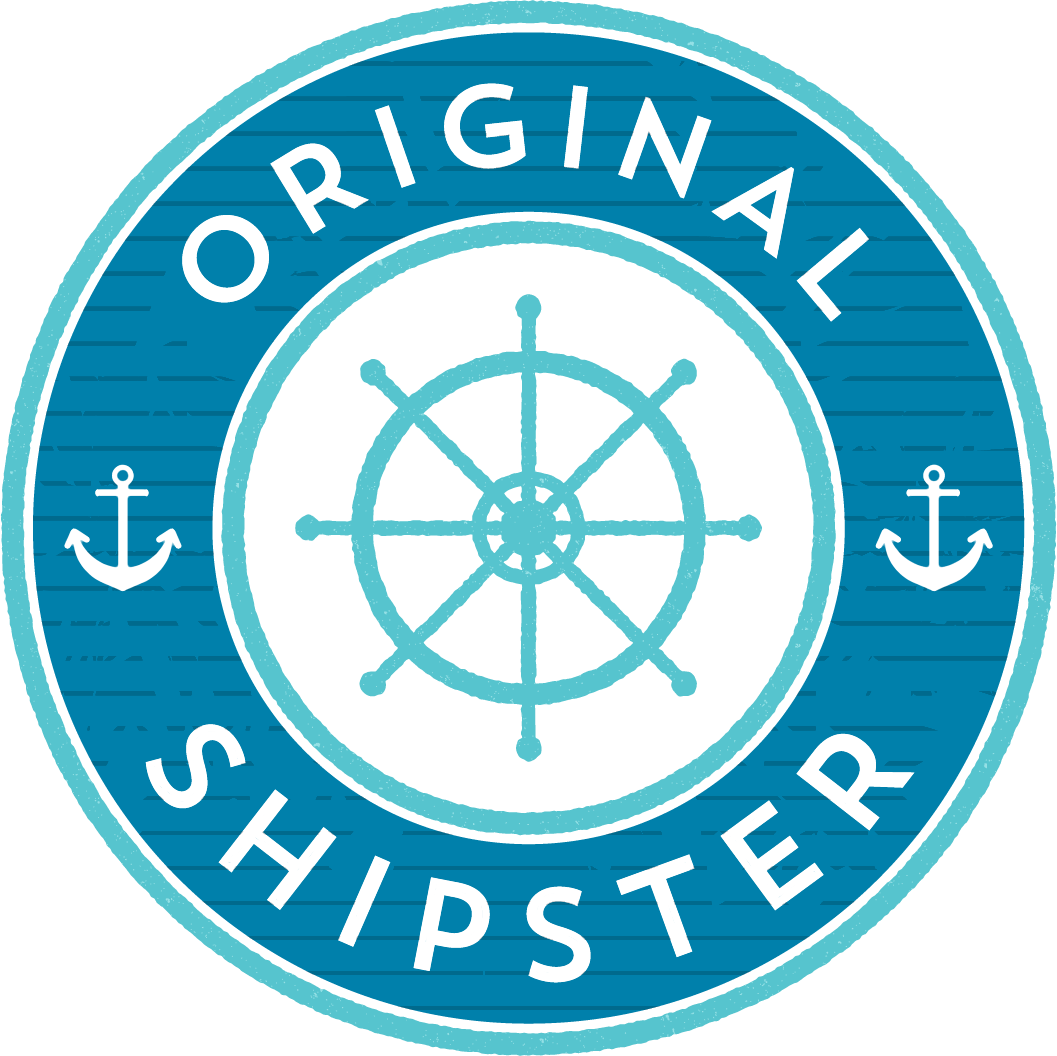Over the Waves: M/V Ithaca
Some of my favourite shipwrecks are the ones that remain in the shallows - close enough that you can still see them, or in some cases, walk out and touch them. This week's shipwreck falls right into that category. A vessel of many owners and many names, and ended up aground in the cold Canadian North: the M/V Ithaca.
Nationality: Canadian/Italian/Panama/Canadian
Length: 76.6 metres
Beam: 13.1 metres
Draught: 5.5 metres
Weight: 2,051 tonnes
Class: Freighter
Crew: 37
Speed: 10 knots
Year: 1922
The wreck of the Ithaca at low tide.
The Ithaca (or Ithaka/Ithica) began her life in 1922, under the name M/V Frank A. Augsbury. Built by Fraser, Brace Ltd. of Trois-Rivieres, QC, she was delivered to her owners, George Hall Coal Co. in October of that year. Working as a coal freighter for the first few years, she was sold in 1927 to Canadian Steamship Lines and renamed the Granby. This would be the first of many name changes for this ship.
In 1945 she came under the ownership of the Ministry of War Transportation and found herself managed by France, Fenwick and Co. Later that year, she collided with the M/V Atlantic City and was subsequently laid up in River Blackwater, Essex. She was repaired from her collision and sold to a Panamanian company, who renamed her Partia II and sailed her until 1951. They sold her to an Italian company, who then sold her to a Canadian company in 1955. In 1960 she was sold for a final time to the Ithaca Shipping Company from Greece, and she was renamed the M/V Ithaca.
The ship was chartered by Clarke Steamship Company with the purpose of sailing supplies to Rankin Inlet, NWT (now part of Nunavut), and returning to Churchill with a shipment of nickel concentrate from the mine in the Inlet. On September 14, 1960, the Ithaca set off loaded with some building supplies, pre-fabricated housing, and other necessities for the settlement. The trip to Rankin was fairly uneventful, and she offloaded her cargo and picked up the nickel without incident. However, the trip back was not to be as smooth - as she headed out across Hudson Bay, a storm began to pick up. The crew became concerned, but the captain wanted to try and complete the trip.
A view from right next to the M/V Ithaca.
As the winds and waves increased, the captain finally realized that nature might be stronger than his almost 40-year-old vessel. However, he found when he tried to turn to safety, the wind and rains would have none of it, pushing the ship along. He tried to drop his anchor in an effort to ride out the storm, and for a few moments it worked. But as the winds blasted upwards of 130km/hr, the anchor chain broke, and the Ithaca was tossed like a toy boat along the waves. The bucking and bobbing became so severe that the rudder was ripped straight off the back of the ship. She was now completely helpless and at natures mercy.
The ship was tossed and pushed along to an area called Bird Cove, where she was thrust on the gravel shallows. The bottom was ripped straight out of the ship, and holes appeared higher up along her hull. As the storm calmed down, the crew wondered how they were going to get ashore. Much to their surprise, when the tide went out the area surrounding the wreck became completely dry, and the crew of 37 was able to walk to safety. They returned to Winnipeg, MB on September 18th, four days after the loss of their ship.
The insurance company completely wrote the vessel off (as you would, what with the bottom missing and all). However, they also determined that the grounding was "suspicious" and refused to pay out any of the claim to the owner. The Ithaca's cargo was salvaged over a couple of days, and the locals of the area stripped her of anything else of value afterwards.
The wreck lies about 15 km from Churchill and about 750 metres from shore. At low tide, or in the winter when the cove is frozen, you can walk right out next to her. Up until a few years ago, people were even posting photos and videos of the inside of her and the view from her decks, but the corrosion has become so bad that quite a few groups now strongly recommend staying off of the ship.
I'd be lying if I said this didn't make me want to go up to Churchill. Well, that and the polar bears.
Until next time!
Images this week from here and here!
Follow me on Twitter for updates and interesting articles. @OriginalShipstr
